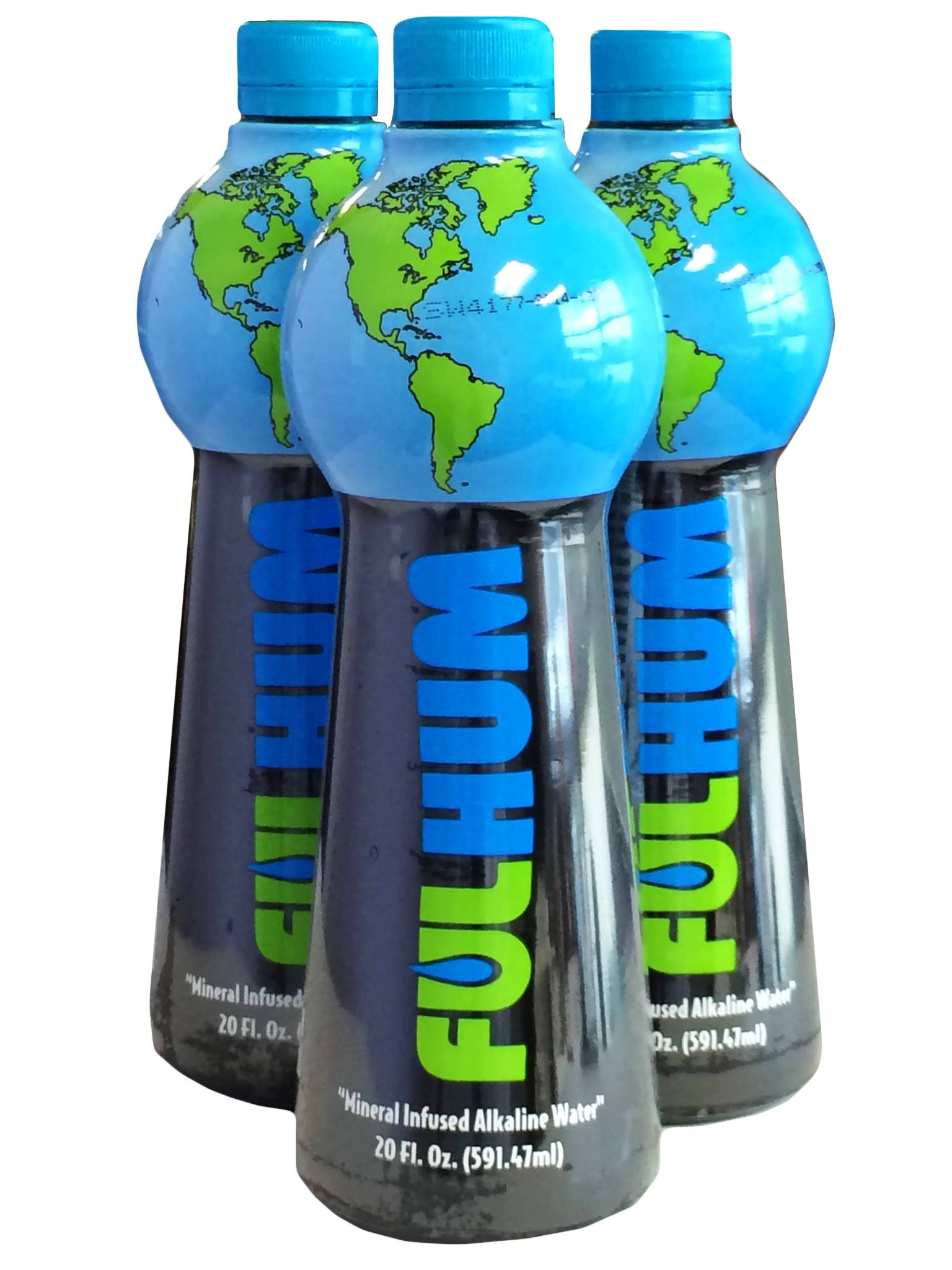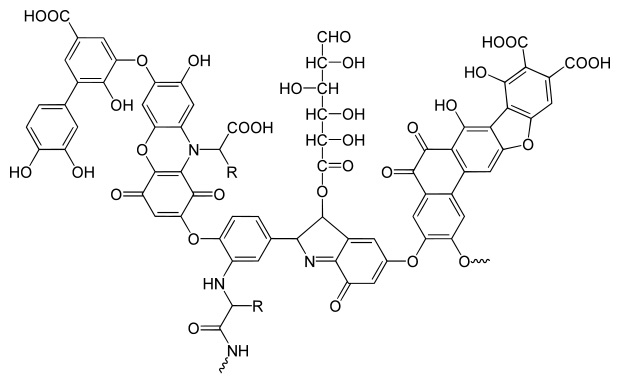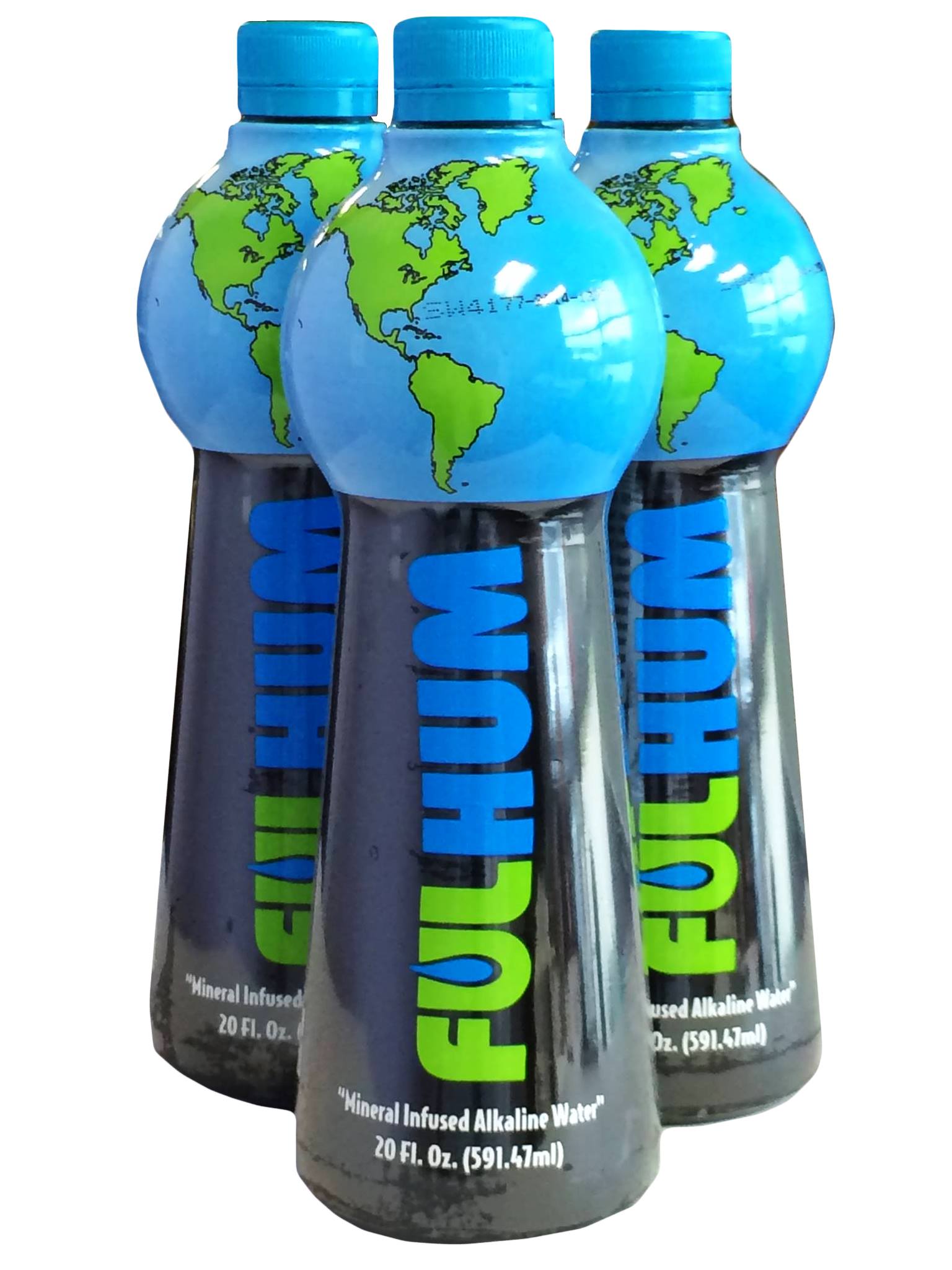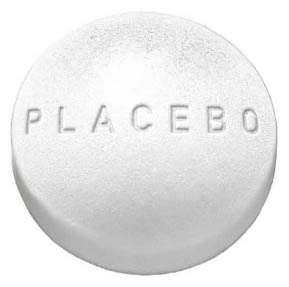 Water that’s nutritious
Water that’s nutritious
I consider myself a water snob, filtering chlorine and fluoride from my tapwater for over 10 years and ordering Topo Chico or Pelligrino in a restaurants for just as long. So, I was excited when Texas-based
Fulhum asked me to review their product, an alkaline water infused with fulvic and humic minerals. In the midst of drinking lots of water for a cleanse, upon my first sip, I could feel my cells thanking me. This wasn’t ordinary bottled water. This was some “next level” mineral water.
The water we drink can have a huge impact on our health. Beyond the unfortunate incidents in Flint, Michigan, studies indicate that we need less chemicals and more minerals in our water. Cities like San Marcos, Texas are turning off their chemical tap to medicate the population with fluoride, and water is being recognized as our most precious resource around the world. Away from home, bottled water becomes my first choice because I may not trust the tap, but I learned long ago that all bottled water brands are not created equal, and science can help us decide which is the best.
Ready to become a water nerd? Start with Filtration
There aren’t as many regulations on bottled water as one might hope. “Distilled water” is H
2O in its purest form, but it’s devoid of all minerals, so it can leech them from your body. “Spring water” has minerals, but quality control can be an issue. The most common type of bottled water is “purified” or “filtered.” This usually comes from a municipal water supply and is filtered by some process. However, all filtration systems are not created equal.
When I asked Fulhum how they filtered their water, they sent me a six-paragraph detailed essay on the filtration process. They pass Dallas municipal water through a 5-stage graduated activated charcoal system. They also use distillation, a boiler, a UV-filter, and reverse-osmosis to end up with a 7.4pH neutral water that lacks the chemicals like chloride, bromide, fluoride, sulfide, and heavy metals, but retains the minerals like calcium carbonate. Then, they add the FulHum.
Fulvic and Humic Complex Minerals
 An example of a humic acid molecule
An example of a humic acid molecule
Humic minerals are the byproduct of old plant matter present in soil. They arise through a naturally-occurring process wherein the plant matter decays over the course of time — sometimes millions of years. Before the days of monocropping and nitrogen fertilizer, farmers used to rotate crops and let plots of land rest to create a soil rich in minerals of all types. These minerals ended up in our food and water, so the human diet used to include ample amounts of humic substances. Nowadays, as a byproduct of agribusiness and water treatment, that’s no longer the case.
Humic minerals (of which, Fulvic Acid is the most studied) are considered to be the building blocks to good health both for plants and animals. Humic material provides key components to help our cells process our food and our environment. This material is laden with beneficial microbes, electrolytes, vitamins, anti-oxidants, and nutrients believed to help the body chelate toxins, neutralize free radicals, increase oxygen absorption, and carry nutrients around the body. Studies support the benefits of humic material in our diet {1}, {2}, but there is still work to be done because these minerals are far more complex than simple organic chemistry. You might of heard that eating dirt as a kid is good for your immune system, and Humic minerals are probably why.
Nutritionists and doctors understand that mineral deficiencies are a key component to disease because without proper minerals, our cells cannot process our food, no matter how nutritious it is. It is said that these minerals improve the efficiency of our cells so they can do more with less.
Alkaline Water
 Negatively-charged hydroxide ions make things alkaline
Negatively-charged hydroxide ions make things alkaline
You may have heard that disease cannot live in an alkaline environment. It is believed that most people’s bodies in modern society are too acidic at the cellular level. This predisposes us to many metabolic imbalances and diseases, including cancer. The rationale for alkaline water is that it will correct this physiological imbalance, resulting in a recent fad of water alkalizers such as sodium hydroxide and electrolysis machines to make alkaline drinking water. Unfortunately, alkaline water alone is not enough to make a difference. Artificially alkalizing the water does not have the same effect as water loaded with alkalizing minerals. That’s where the fulvic and humic complex minerals come into play! Fulhum is not only alkaline water, it is truly an organic supplement. Adding 12.4pH humic mineral concentrate to 7.28pH Dallas tapwater results in a 20 oz bottle of water with a pH between 8.8 to 9.1. In this case, not only is the water alkaline, but it also contains the minerals that help make your blood alkaline as well, which is the intent if you are trying to create an alkaline environment.
Dark Color and Earthy Taste
 Saulte!
Saulte!
FulHum (named after fulvic and humic minerals) is also a great sports drink, with electrolytes from a naturally-occurring source and no sugar. With its dark, almost black color,
Fulhum is in its own color class. It might seem unusual to drink dark mineral water, but the natural humic minerals are the feature, as sweetener and lab-created vitamins are for a sports drink. The minerals come through in the opacity and also in the taste. Fulhum tastes great. Like any water, Fulhum has its own flavor from the minerals. Due to the pH, I find that I can more easily chug a glass of it, and my thirst is more quenched from the minerals. I like to mix it with sparkling water to make a spritzer or even serve it in a wine glass to accentuate the color.
 An example of a humic acid molecule
An example of a humic acid molecule Negatively-charged hydroxide ions make things alkaline
Negatively-charged hydroxide ions make things alkaline








